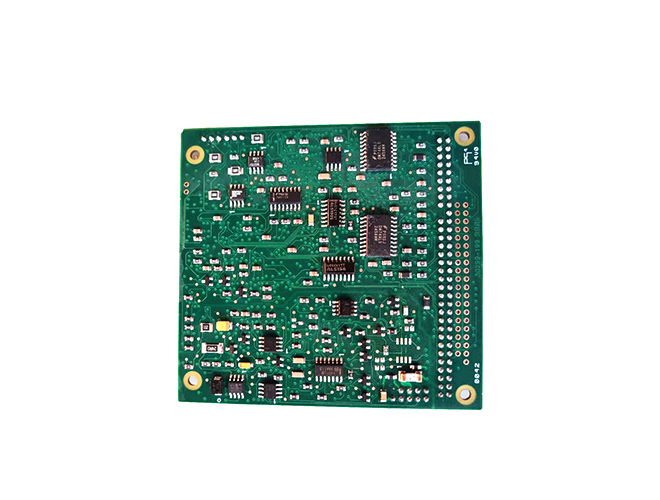-
CN
-
Service Hotline
+8618129931046 Mr. Liao


Time:2025-05-10 Views:1

PCB circuit design software is a powerful tool that enables engineers and designers to create, modify, and optimize printed circuit board layouts. These software packages provide a comprehensive set of features for every stage of the PCB design process, from schematic capture to the final manufacturing - ready design.
The schematic capture functionality is the starting point of PCB design. In this stage, designers use the software to create a graphical representation of the electrical circuit, using symbols to represent components such as resistors, capacitors, transistors, and integrated circuits. The software allows designers to define the connections between these components, creating a logical diagram that describes how the circuit will function. This schematic serves as the basis for the subsequent PCB layout design. Many PCB design software tools also offer features such as component libraries, which contain pre - defined symbols and models for a wide range of electronic components. This makes it easier for designers to select and place the components they need in the schematic.
Once the schematic is complete, the software's layout design features come into play. Designers can use the software to transfer the component placement and connectivity information from the schematic to the PCB layout. The software provides tools for placing components on the board, routing traces to connect the components, and creating power and ground planes. Advanced routing algorithms in the software can automatically route traces to minimize crosstalk, electromagnetic interference (EMI), and signal delay, ensuring optimal electrical performance of the PCB. Designers can also manually adjust the traces to meet specific design requirements, such as avoiding sensitive components or creating a more compact layout.
PCB design software also includes features for design rule checking (DRC). DRC tools ensure that the PCB layout complies with a set of predefined rules, such as minimum trace width, minimum clearance between traces, and maximum via size. These rules are important for ensuring the manufacturability and reliability of the PCB. If the layout violates any of the design rules, the software will flag the issues, allowing designers to make the necessary corrections. Some software packages also offer 3D visualization capabilities, which allow designers to view the PCB layout in a three - dimensional space. This can be useful for identifying potential mechanical interference issues and for visualizing the overall form factor of the PCB.
In addition to the core design features, many PCB design software tools also support integration with other software systems, such as electronic design automation (EDA) tools for circuit simulation, and manufacturing - related software for generating gerber files and bills of materials. This integration streamlines the design process, allowing for seamless collaboration between different teams involved in the development of an electronic product. Overall, PCB circuit design software is an indispensable tool for modern PCB designers, enabling them to create high - quality, reliable, and innovative PCB designs that meet the demands of today's complex electronic systems.